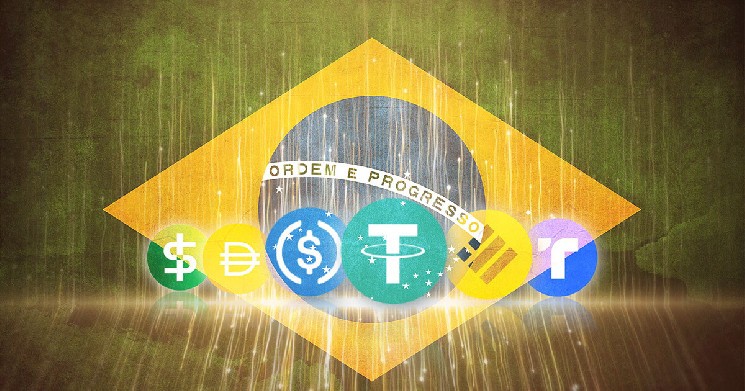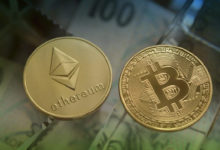Brazilians are turning to stablecoins to protect savings from inflation

According to recent market data, 50% of the Brazilian Real (BRL) volumes involve a stablecoin.
For anyone needing a positive note to end the year on in crypto, look at its usage in developing economies.
Countries like Brazil are turning to stablecoins to peg their savings to USD.
50% of Brazilian Real (BRL) volumes now involve a stablecoin, compared to just 5% for USD. pic.twitter.com/O2AJJi0OxL
— Conor Ryder (@ConorRyder) December 28, 2022
The recent development poses an impressive figure about the usage of stablecoins in Brazil, especially as only 5% of the BRL volume involves USD directly.
Further, BUSD and USDT are the top stablecoins in use by Brazilians. In Brazil, stablecoins are seen as an excellent way to protect savings from inflation.
Brazil’s Real continues to struggle to hold its value as inflation, coupled with the global economic crisis, continues to hit hard on the South American country. In June, the inflation rate grew to 9.704%, the highest in 2022. The struggle against inflation in Brazil caused the Real to weaken against the U.S. dollar.
Brazil’s warm approach to cryptocurrency
On Dec. 22, the President of Brazil, Jair Bolsonaro, signed a bill that legalized Bitcoin as a means of payment in the country.
However, the bill does not push the status of BTC in Brazil as a legal tender but clarifies the premises of regulating crypto and the institutions in charge.
Also, the bill now mandates that crypto firms in Brazil must obtain licenses for custody and management of virtual assets by third parties. The legislation is in place to prevent anything similar to the collapse of FTX in the near future.
Currently, Brazil has the most cryptocurrency ETFs in Latin America, with most banks and brokers offering cryptocurrency investments and similar products like custody and token offerings.
By 2024, the Central Bank of Brazil intended to introduce the virtual Real.

»






 Bitcoin
Bitcoin  Ethereum
Ethereum  Tether
Tether  USDC
USDC  TRON
TRON  Dogecoin
Dogecoin  Cardano
Cardano  Bitcoin Cash
Bitcoin Cash  Chainlink
Chainlink  LEO Token
LEO Token  Stellar
Stellar  Monero
Monero  Litecoin
Litecoin  Zcash
Zcash  Hedera
Hedera  Dai
Dai  Cronos
Cronos  OKB
OKB  Tether Gold
Tether Gold  Ethereum Classic
Ethereum Classic  KuCoin
KuCoin  Gate
Gate  Algorand
Algorand  VeChain
VeChain  Cosmos Hub
Cosmos Hub  Dash
Dash  Stacks
Stacks  Tezos
Tezos  TrueUSD
TrueUSD  IOTA
IOTA  Basic Attention
Basic Attention  Decred
Decred  Theta Network
Theta Network  NEO
NEO  Synthetix
Synthetix  Qtum
Qtum  Ravencoin
Ravencoin  0x Protocol
0x Protocol  DigiByte
DigiByte  Nano
Nano  Zilliqa
Zilliqa  Siacoin
Siacoin  Numeraire
Numeraire  Waves
Waves  Ontology
Ontology  Status
Status  Enjin Coin
Enjin Coin  Pax Dollar
Pax Dollar  BUSD
BUSD  Hive
Hive  Lisk
Lisk  Steem
Steem  Huobi
Huobi  NEM
NEM  OMG Network
OMG Network  Augur
Augur  Bitcoin Gold
Bitcoin Gold  Ren
Ren  HUSD
HUSD